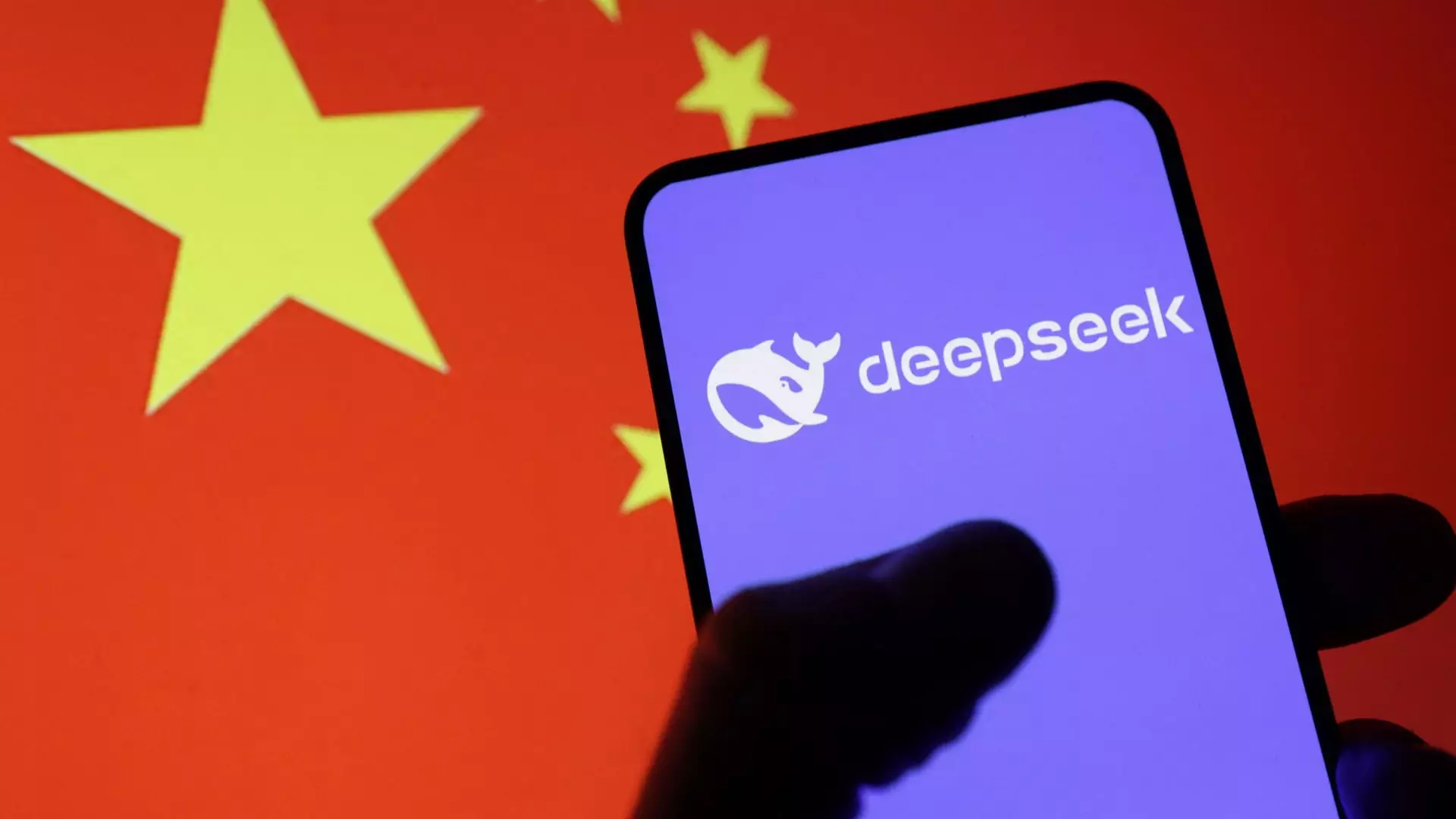In recent months, China has embarked on an ambitious journey to assert its technological independence, challenging the longstanding dominance of Western semiconductor and AI giants. While the world has often viewed China’s tech sector as an imitation factory or a secondary player, the latest developments tell a different story—one of resilience, strategic empowerment, and an unwavering push toward self-sufficiency. Rather than a mere economic or technological setback for the United States, China’s meteoric rise signals a fundamental reshaping of global innovation dynamics.
Chinese firms like Alibaba and Baidu are experiencing stock surges fueled by breakthroughs in artificial intelligence—an unmistakable indicator that the country’s internal confidence in its homegrown tech ecosystem is swelling. Huawei’s claims about superior AI chip systems over Nvidia’s technologies signify more than corporate bravado; they reflect a deliberate governmental effort to shed reliance on Western innovations. The Chinese government’s recent discouragement of domestic firms from utilizing Nvidia chips further emphasizes a strategic pivot. This isn’t something to dismiss as short-term protectionism; it’s a calculated move to build a resilient domestic supply chain that can withstand geopolitical shocks.
However, it’s important to acknowledge that such an abrupt decoupling is not without risks. Chinese companies still face significant obstacles in entirely replacing foreign hardware at this stage. Analysts like Brian Tycangco admit that fully substituting foreign chips is impractical for now, but the message is clear: China aims to minimize its vulnerabilities. This is a defensive move cloaked in a proactive effort to develop indigenous semiconductor capabilities, laying the groundwork for a future where reliance on foreign equipment is merely symbolic rather than operational.
The U.S.-China Tech Race: A Strategic Power Play
While Chinese tech giants weather the storm of U.S. restrictions—most notably those targeting Nvidia—the landscape remains riddled with uncertainty. Bernstein analysts’ observations that China’s access to Nvidia’s AI computing power may persist for now are revealing. But the broader picture suggests that the restrictions might only slow down China’s AI ambitions temporarily rather than halt them. It’s a classic case of strategic resilience where Chinese innovation adapts and proceeds despite external pressures.
More compelling is China’s shift towards fostering entirely homegrown chip manufacturing capabilities, which signals a willingness to gamble on a long-term payoff. The country’s push for technological self-reliance is not merely about economic sovereignty but also national security. As Morgan Stanley highlights, China’s targeting of key components—sensors, motors, batteries—aims to make it less vulnerable to external sanctions and barriers. This aggressive localization effort could change the game entirely, forcing Western countries to reconsider the dominance they have historically held in critical industries.
The realpolitik here is that China isn’t content to be a technological follower anymore. It’s now positioning itself as a challenger with a credible shot at outpacing established leaders in AI, semiconductors, and robotics. Their approach relies on strategic investments, government support, and a willingness to accept short-term risks for long-term dominance.
The New Frontline: AI as a Geopolitical Weapon
The evolution of China’s AI industry underscores a more profound geopolitical shift. Beijing’s emphasis on “AI+” policies and the integration of AI into myriad sectors indicate a strategic intent to leverage technological advances as a tool of national influence. This isn’t just about economic growth; it’s about redefining the global power map.
Chinese firms like Tencent exemplify this transition. By rolling out new AI tools aimed at industrial applications, they are moving beyond mere research and development into market-driven monetization. In doing so, they’re positioning themselves to outmaneuver Western players who are often hamstrung by regulatory, patent, and intellectual property restrictions. The focus on AI applications rather than just hardware capabilities suggests a more mature, strategic approach aimed at creating sustainable competitive advantages.
Furthermore, the Chinese government’s upcoming five-year plan is expected to solidify this trajectory. It’s clear that Beijing views AI as a national priority capable of transforming economies and military capabilities alike. The overlapping investment in hardware, software, and industry-specific AI applications signals a comprehensive strategy—one that aims to establish Chinese technological primacy on the global stage.
This shift can both challenge American dominance and accelerate global technological innovation, forcing Western countries to reconsider their own strategies amidst the rise of China’s tech giants. It’s a pivotal moment where the old world of unipolar innovation is giving way to a contested multi-polar landscape—one where China’s growing prowess could threaten the very foundations of Western technological leadership.


Leave a Reply